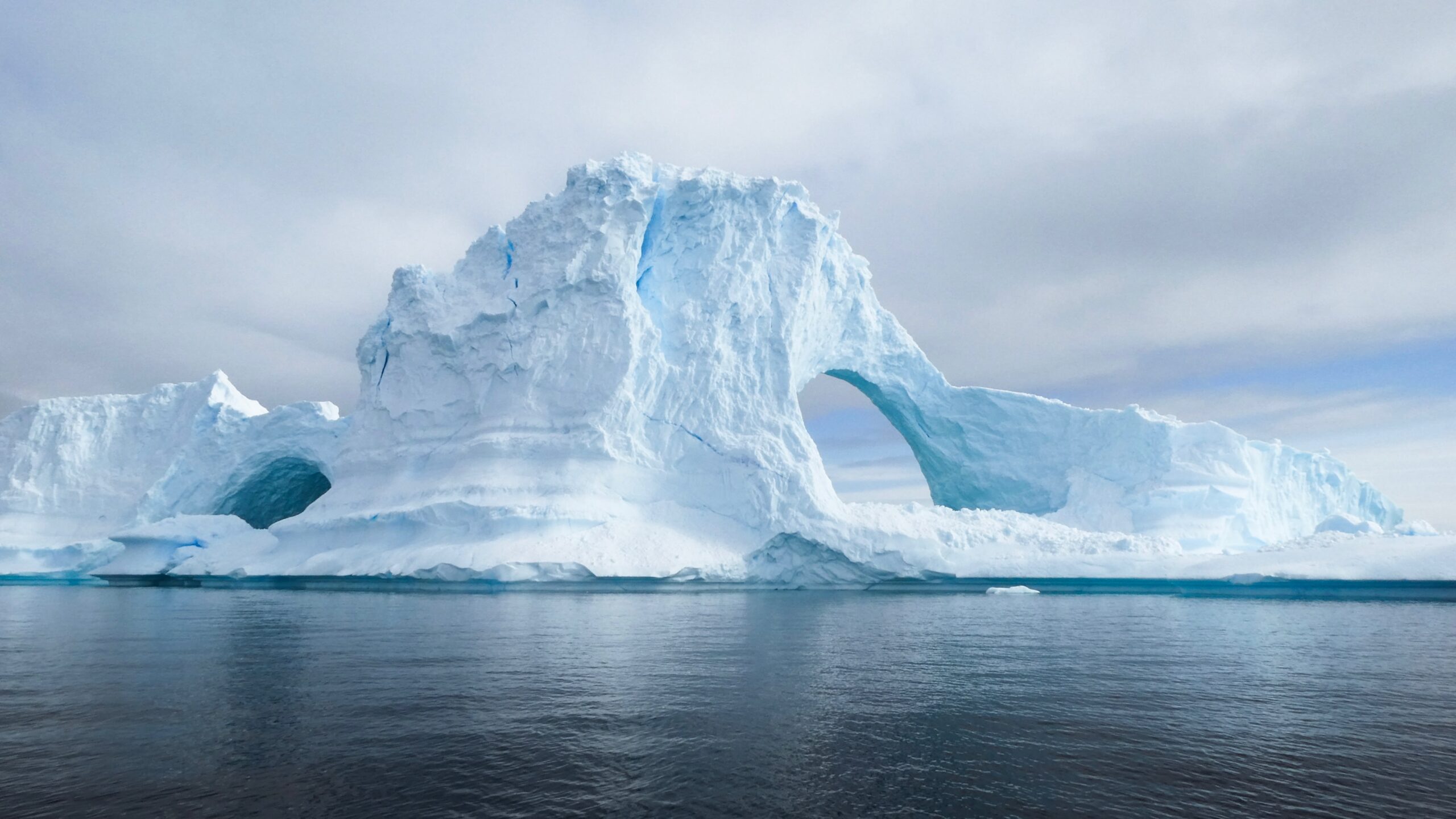
In this article, we’ll explore the reasons why can’t we travel to Antarctica as easily as other destinations, and examine the unique challenges and restrictions that make it one of the last frontiers on earth.
Antarctica is a vast, frozen wilderness that has fascinated explorers, scientists, and adventure seekers for centuries.
Yet, despite its allure, the world’s southernmost continent remains one of the most challenging places to visit.
History of Antarctic exploration and discovery
Antarctica was one of the last places on earth to be discovered and explored by humans.
The first confirmed landing on the continent was by a British expedition led by Captain James Cook in 1775, although the crew never set foot on the continent itself.
Over the next century, other explorers and whalers made sporadic visits to the Antarctic region, but it wasn’t until the late 1800s and early 1900s that concerted efforts were made to explore and map the continent..
Why is traveling to Antarctica so difficult?
There are several reasons why visiting Antarctica is so challenging, ranging from geographic isolation and extreme climate to environmental protection and limited infrastructure.
Geographic isolation and extreme climate
Antarctica is the most remote continent on earth, with no permanent human population and no regular air or sea connections with the rest of the world.
The continent is also home to some of the most extreme weather conditions on earth, with temperatures that can plunge to -100 degrees Fahrenheit and winds that can reach over 200 miles per hour.
Environmental protection and conservation
Antarctica is one of the last pristine wilderness areas on earth, and there are strict regulations in place to protect its delicate ecosystem.
These regulations cover everything from waste disposal and wildlife protection to fishing and scientific research.
Visitors to Antarctica must adhere to these regulations to help preserve the environment and ensure that it remains a pristine wilderness for future generations.
Limited infrastructure and resources
Because of its remote location and extreme climate, Antarctica has very limited infrastructure and resources.
There are no airports or roads, and most transportation is done by sea or air.
There are also no permanent settlements on the continent, so visitors must bring everything they need with them.
Restrictions and regulations for visiting Antarctica
In addition to the challenges posed by the geographic isolation, extreme climate, and limited infrastructure, there are also strict restrictions and regulations in place for visiting Antarctica.
The Antarctic Treaty System
The Antarctic Treaty System is an international agreement signed in 1959 that governs the use of Antarctica for scientific and peaceful purposes.
The treaty has been signed by over 50 countries and sets out guidelines for environmental protection, scientific research, and international cooperation.
Visitors to Antarctica must adhere to the treaty and its protocols.
Environmental regulations and protection measures
Antarctica is home to a diverse range of wildlife, including penguins, seals, and whales, as well as unique plant species that are adapted to the extreme conditions.
To protect this delicate ecosystem, there are strict regulations in place for waste disposal, wildlife protection, and conservation measures.
Travel permits and access restrictions
Visitors to Antarctica must obtain permits from their home countries and from the countries that operate research stations on the continent.
These permits are required to ensure that visitors adhere to the regulations and guidelines set out by the Antarctic Treaty System.
Access to certain areas of the continent may also be restricted to protect sensitive ecosystems or research areas.
How to visit Antarctica
Despite the challenges and restrictions, it is still possible to visit Antarctica.
There are several options available, including cruise ships, expedition tours, and fly-in expeditions.
Cruise ships and expedition tours
One of the most popular ways to visit Antarctica is by taking a cruise ship or expedition tour.
These tours typically depart from South America and last between 10 and 20 days.
Visitors can explore the continent by zodiac boats and participate in activities such as hiking, kayaking, and wildlife spotting.
Air travel and fly-in expeditions
Another option for visiting Antarctica is by taking a fly-in expedition.
These expeditions typically depart from Punta Arenas in Chile and involve a flight to King George Island, followed by a short boat ride to the continent.
This option is more expensive than a cruise but allows visitors to spend more time exploring the continent.
Other options for visiting Antarctica
For those with more time and resources, there are other options for visiting Antarctica, including private expeditions and research trips.
These options allow visitors to explore more remote areas of the continent and participate in scientific research.
Conclusion: The allure and mystery of Antarctica remain strong, despite the challenges and restrictions
Despite the challenges and restrictions, Antarctica remains one of the most alluring and mysterious destinations on earth.
Its pristine wilderness and unique ecosystem continue to fascinate explorers, scientists, and adventure seekers.
While visiting Antarctica may be difficult, the rewards are well worth the effort.
FAQs
- Is it possible to live on Antarctica permanently?
- No, there are no permanent settlements on Antarctica. Only research stations and seasonal bases exist.
- Are there any dangerous animals on Antarctica?
- No, there are no native land mammals on Antarctica, and the only dangerous animals are the leopard seal and the killer whale.
- Can I visit Antarctica without a permit?
- No, all visitors to Antarctica must obtain permits from their home countries and from the countries that operate research stations on the continent.
- What is the best time of year to visit Antarctica?
- The best time to visit Antarctica is during the southern summer months, between November and March.
- How long does it take to get to Antarctica?
- The travel time to Antarctica depends on the mode of transportation. It can take between two and three days to reach Antarctica by sea and around five hours by air.








